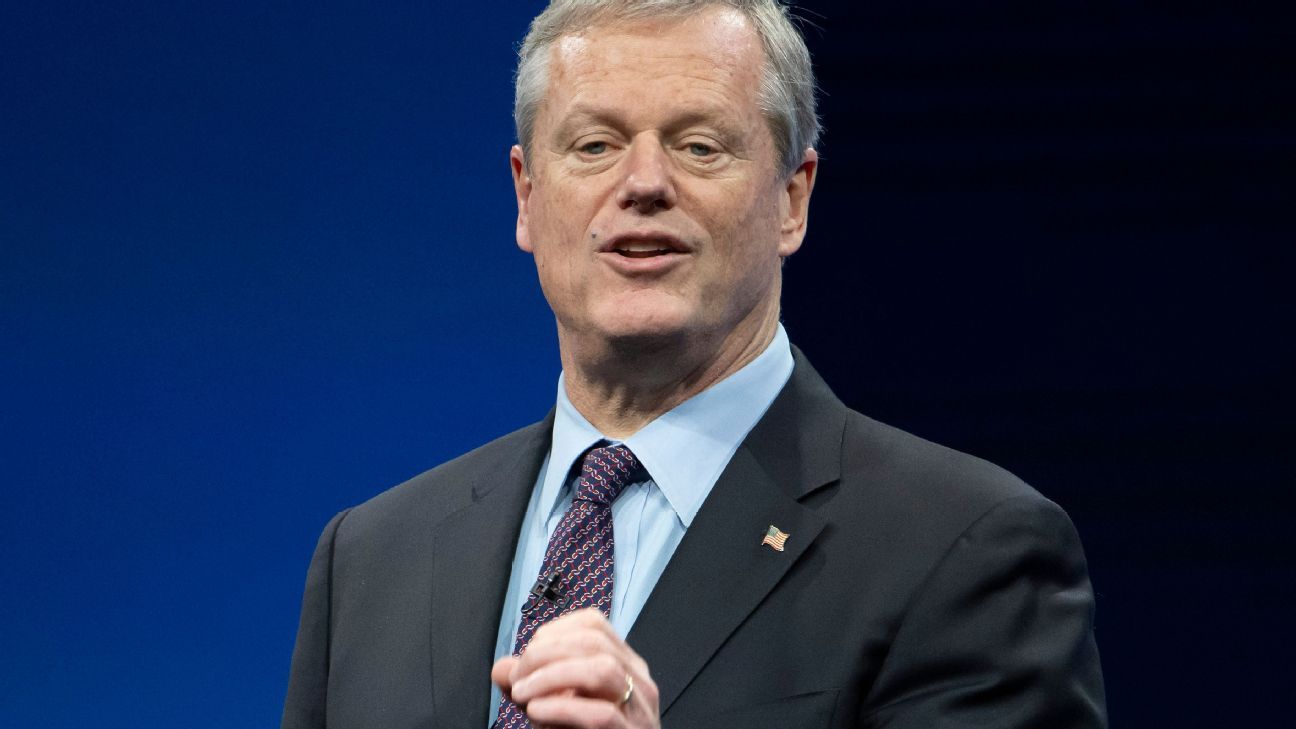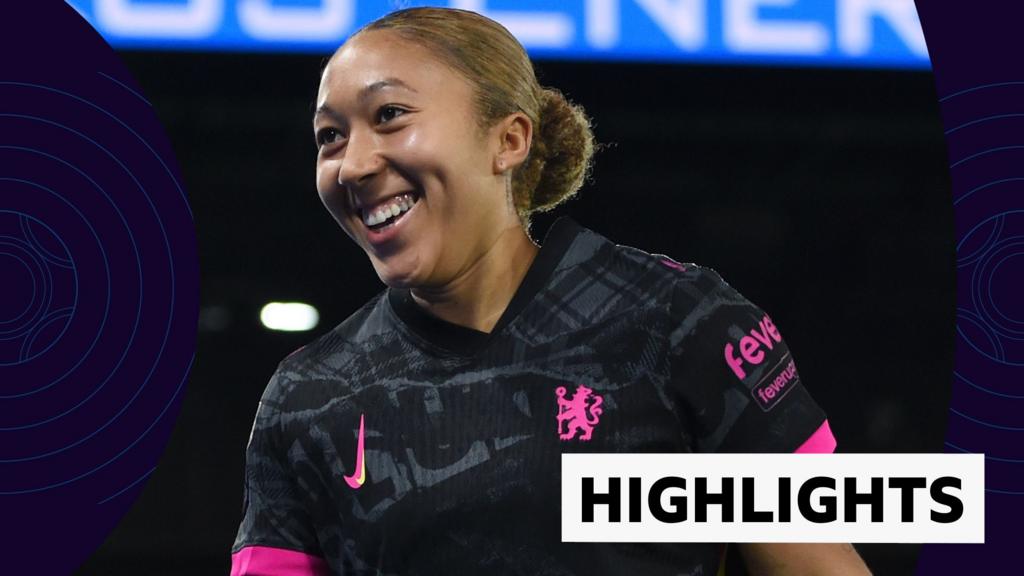Picking a five-a-side team of Juventus greats is something of a thankless task. Aside from the love-or-loathe nature of Turin’s Old Lady in both Italy and beyond, they’re a club with a very rich history. League titles and Ballons d’Or gongs have been plentiful, as has Juventus’ contributions to Italy’s World Cup-winning squads. My own criteria have thus been; could this team play well together? And would they be well suited to five-a-side? The vast bulk of these players have played during my lifetime, but not all of them. As usual when Juve are involved, I’m expecting some controversy!
Gianluigi Buffon
On a cost per use basis, the still record fee Juve paid Parma for Buffon in 2001 was a bargain. He holds a record number of Serie A appearances for the club and picked up 10 league titles. His agility, athleticism and reflexes are arguably unparalleled in the history of goalkeeping, and absolutely perfect for the frenetic pace of the five-a-side game. But it was more than just his physical ability and price tag that have cemented him as a Juve icon. His move at the turn of the century helped revive Marcello Lippi’s side after a few relatively barren years where the league title had been picked up by Milan, Lazio and Roma. His presence helped bring the good times back, and he was unlucky in defeat in the 2003 Champions League final, doing all he could in the shoot-out. His status at the club was only amplified when he remained despite the 2006 relegation, and he stuck around during the bleak years that followed their return to Serie A. His longevity and aura of infallibility were crucial in Juve’s transition from post-Calciopoli humbling to their nine league titles in succession. Some supporters may argue strongly for the presence of Dino Zoff between the sticks, but I can’t see past Buffon.

John Charles
A left-field choice, and one perhaps influenced by personal feelings and connections. I’m not only a fan of Italian football, but also of Leeds United, my home town club. His performances for both sides suggest he’d be a great choice. For Leeds he started as a centre back and distinguished himself in that position before moving to the centre-forward role he is more famous for. He was prolific for I Bianconeri, reaching double figures in each of his five seasons. Charles was physically imposing at 6ft 2in, and a wonderful header of the ball, but his ability to play multiple positions to a high standard showed his versatility and skill. He was fast, could score with either foot, tackle and had excellent positional sense, perfect for five-a-side. Charles was more than just a great player though; he was part of the iconic Trio Magico with Omar Sívori and Giampiero Boniperti. During Charles’s five seasons Juve won the title three times, and the flair and interplay between the three players endeared the team to many new fans outside Turin. The cultural impact of Charles both in Italy, and in the UK where he was one of the most successful overseas transfers, cannot be overstated.
Michel Platini
Juventus have always attracted elite talent, and perhaps there has been none better in the club’s 126-year history than Platini. An unbelievably elegant player, the French midfielder glided about the pitch with the ball seemingly glued to his boots, with an ability to create space and time in the tightest of situations. He danced, tricked and flicked his way around some of the most brutal and ruthless defences ever seen in football during mid-80s. But he was more than just a pretty player. He was ruthlessly effective, prolific as a scorer and capable of creating chances for teammates. Add in near-flawless accuracy from free-kicks and penalties and you have a near-complete player. As with other selections on this list, his impact at the club went beyond just his own ability and statistics. Although overshadowed by tragedy, he scored in the 1985 European Cup final, securing Juventus an elusive first European Cup after previous failures in 1973 and 1983. Three consecutive Ballon d’Or wins whilst at Juve illustrate just how imperious Platini was.

Alessandro Del Piero
Has a great player ever been as overlooked as Del Piero? Perhaps it’s due to Juve’s marmite reputation that a player who came to symbolise the club for 19 seasons isn’t always given his due. Captain, creator and goalscorer for many of those seasons, he is Juve’s all-time leading appearance maker, a remarkable feat in itself. He was capable of scoring long-range goals from open play and set pieces, could dribble and wriggle free from choking defences, perfect for those five-a-side pitches. But one quality which is most overlooked is Del Piero’s resilience. His terrible injury in 1998 made him a different player, perhaps less agile, but he still found a way to score and inspire his teammates for 13 more years. They included a season in Serie B as he stuck by the club and he bounced back to have a late-career resurgence. If you’re questioning his inclusion, check out his performance against Real Madrid in 2008 at the Bernabéu; he scored a long-range goal, then followed that up with a curling free-kick. He turned the defence inside out all night, leaving Madrid with two goals and a standing ovation.
Roberto Baggio
Not just my favourite ever Juve player, my favourite ever player full-stop. Many people talk about what Baggio didn’t do. He didn’t track back or press; he was fragile; he could drift in and out of games. These criticisms, perhaps justified, seem like small prices to pay for a player who, when on form, was near unstoppable. It sounds cliche to say he was a magician, but he truly was. A lithe and graceful presence, he was still a prolific scorer during some fallow years for Juve, the captain and creative focus of a side which was at times dysfunctional on and off the field. He won the Ballon d’Or in 1993, his Magnum Opus as a player. He could score every type of goal and he did that season, from his flick and dash from the halfway line against Milan to a scruffy and scuffed shot in the glorious 1993 Uefa Cup final against Dortmund. That victory was the beginning of Juve’s return to winning ways, and it was fitting his final season in 1995, although impacted by injury, was one in which Juve won their first title in nine years.

 By The Guardian (Sports) | Created at 2024-09-25 07:43:27 | Updated at 2024-09-30 07:25:39
5 days ago
By The Guardian (Sports) | Created at 2024-09-25 07:43:27 | Updated at 2024-09-30 07:25:39
5 days ago



